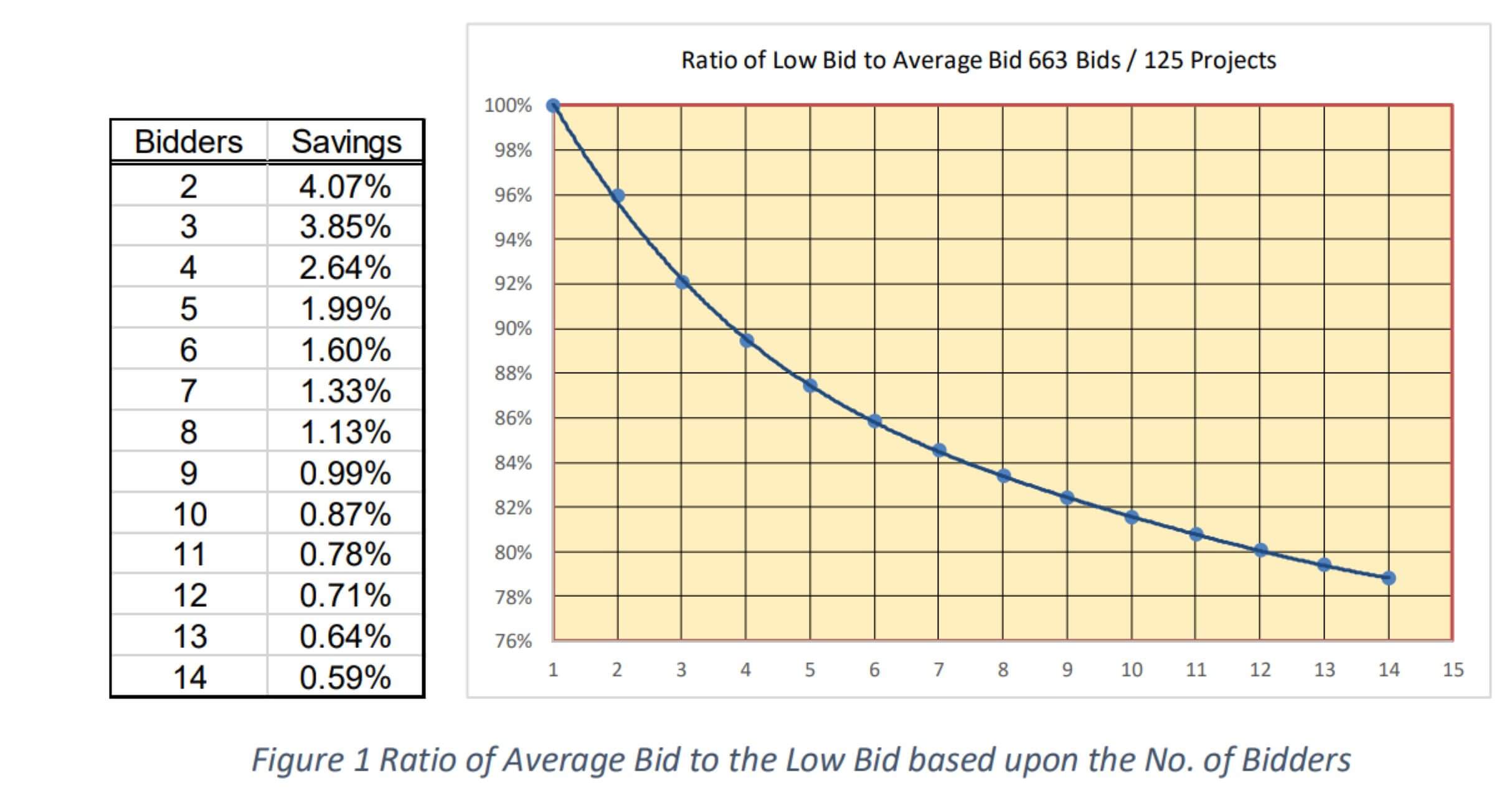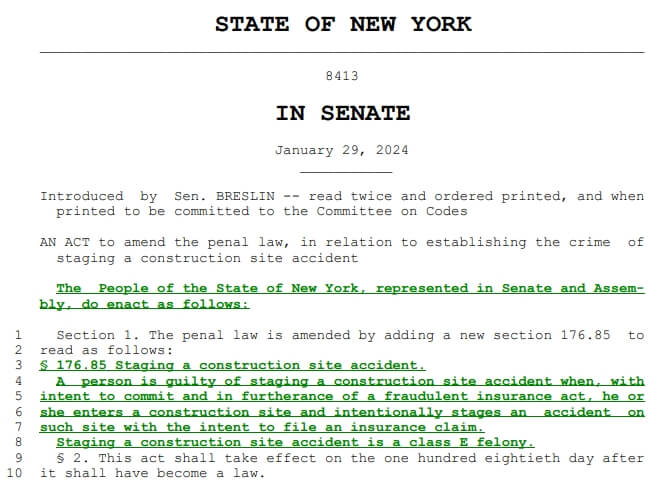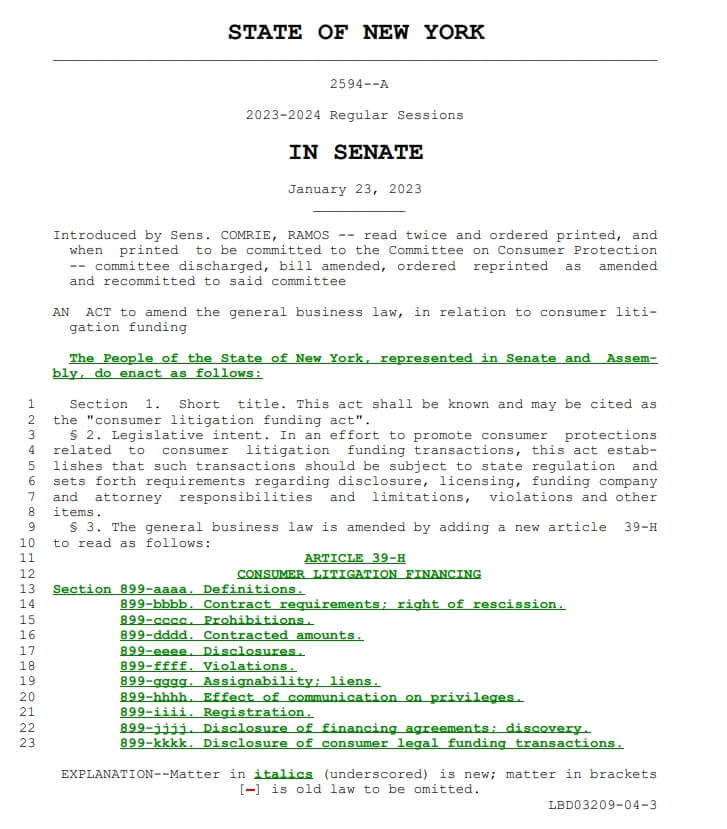New York’s Renewable Energy Goals: A Challenge of Cost & Policy
New York State has been at the forefront of renewable energy initiatives, setting ambitious goals to transition to cleaner energy sources by 2030. However, a recent audit from the New York State Comptroller's office has delivered a sobering assessment: the state is not on track to meet these goals.
While various factors contribute to this shortfall, one of the most significant is the inflated costs associated with renewable energy projects, largely due to the state’s mandates on Project Labor Agreements (PLAs) and prevailing wage requirements.
The Financial Hurdle: Project Labor Agreements and Prevailing Wages
Project Labor Agreements (PLAs) are pre-hire collective bargaining agreements that require contractors to hire most of their workers for projects from the union hall, typically three out of every four. The problem is that most contractors and 80% of construction workers in New York State are non-union. A union-only mandate limits the pool of available workers to only 20% of the industry while reducing competition.
Similarly, prevailing wage laws require contractors to pay wages far higher than the market rate. According to studies completed by the Empire Center for Public Policy, prevailing wages significantly increase the overall cost of construction projects by up to 16%, depending on the region of the state.

New York State Comptroller Thomas P. DiNapoli
In the context of New York's renewable energy projects, these mandates have led to a substantial increase in project costs. The Comptroller’s report highlights that high costs are making it more difficult for the state to fund and execute the necessary projects to meet its 2030 renewable energy targets.
The Impact on Competition and Cost Efficiency
One key issue with the PLA and prevailing wage mandates is that they limit competition among contractors. By enforcing these requirements, the state effectively narrows the pool of contractors who can bid on renewable energy projects.
This reduced competition leads to higher bids and, consequently, higher overall project costs. Without a broader pool of contractors competing for these projects, there is less incentive for bids to come in lower, and the state ends up paying more for each project than it might have in a more open competitive environment. Research by Dr. Paul Carr of Cornell University reveals that reducing the number of bidders by just two can increase construction costs by over 4%.

Graph from Dr. Paul Carr's White Paper on the Relationship of Bid Prices Compared to the Number of Bidders.
The Insurance Burden: Addressing Workers' Compensation Fraud
Another significant factor driving up costs for renewable energy projects in New York is the state’s ongoing workers' compensation fraud crisis. This crisis not only affects the construction industry but also adds a considerable burden to the insurance costs for all contractors, further inflating the price of renewable energy projects.
Workers' compensation fraud occurs when individuals falsely claim to be injured on the job to receive compensation benefits. This fraud results in higher insurance premiums for all contractors where the risk of injury is inherently higher.
To address this issue and reduce insurance costs, New York State must take legislative action. Two critical bills are currently under consideration: S.8413a/A.898a and the Consumer Litigation Funding Act. Passing these bills would provide the necessary tools to combat workers' compensation fraud effectively.
Bill S.8413a/A.898a aims to strengthen the enforcement against fraudulent claims by creating a Class E Felony for staging a construction site accident.
- Sponsored by Assemblyman Weprin, this bill would establish a Class E felony for staging a construction site accident. Senator Breslin (retired) was the sponsor in the Senate.
- Passing this law will protect taxpayers and contractors by establishing the crime of staging a construction site accident, deterring bad actors from taking advantage of our worker's compensation system, and leaving New York taxpayers to pick up the tab.
- In most cases, unscrupulous trial attorneys and for-profit doctors manipulate non-English-speaking individuals to perpetuate this fraud.
- Due to widespread fraud, insurance companies have adopted an unwritten policy denying all incoming claims, including genuine claims from real, injured workers who need financial support. Passing this legislation will ensure that workers with actual claims get the needed help.
- After this bill was introduced, over 1,000 workers' compensation cases were dropped by attorneys, indicating that there is fraud in the system and that they don’t want to be held accountable.
- The New York State District Attorney Association requested support in passing this bill, as they need legislation to target bad actors.
The Consumer Litigation Funding Act (S.2594a/A.2702a)
- Sponsored by Senator Comrie and Assemblyman Dilan, this law would create the "Consumer Litigation Funding Act" to promote consumer protections related to consumer litigation funding transactions.
- "Litigation funding" or "lawsuit lending" is the practice of advancing to individuals who are suing over injuries a portion for their potential legal recoveries while their case is pending.
- The money can be used for medical bills, living expenses, etc. The problem is that because the industry is entirely unregulated, lenders (often big money hedge funds and the Russian mob) can charge massive interest rates as high as 100% or more.
- Like staging a construction site accident, these bad actors typically target non-English speaking individuals whose chances of reaching the middle class are destroyed by these interest rates.
- 2594A would address these horrible situations by establishing that lawsuit lending loans be subject to state regulation and requirements regarding disclosure, licensing, funding company and attorney responsibilities and limitations, violations, and other critical items.
- California passed this law and found no impact on legitimately injured workers and no delay in them receiving the financial support they need.


Reducing workers' compensation fraud and lowering insurance premiums is essential for making renewable energy projects more affordable. Without addressing this issue, the inflated insurance costs will continue to be a barrier to achieving New York’s renewable energy goals.
The Path Forward: Reducing Costs to Meet Renewable Energy Goals
To realistically meet its renewable energy goals by 2030, New York State must reconsider its approach to PLAs and prevailing wage requirements. By dropping these mandates, the state would open the bidding process to all qualified contractors, including smaller firms that can deliver the same quality of work at a lower cost. This increased competition would naturally drive down the costs of renewable energy projects, making it more feasible for the state to fund and complete the necessary initiatives.

Moreover, addressing the workers' compensation fraud crisis through the passage of bills S.8413a/A.898a and the Consumer Litigation Funding Act would further reduce the financial burden on contractors, leading to lower insurance costs and more affordable project bids.
Reducing the financial burden of these projects is essential if New York is serious about achieving its renewable energy goals. The current policies, while well-intentioned, are proving to be significant obstacles. By allowing for more competitive bidding and tackling workers' compensation fraud, the state can create a more cost-effective path to its renewable energy future, ensuring that the ambitious targets set for 2030 are not just aspirational but achievable.
In conclusion, if New York State wants to reach its renewable energy goals by 2030, it must address both the cost implications of its current labor policies and the workers' compensation fraud crisis. Removing the requirements for PLAs and prevailing wages, along with passing critical legislation to curb fraud, would be crucial steps in making renewable energy projects more affordable and attainable, paving the way for a greener future that is within reach.
